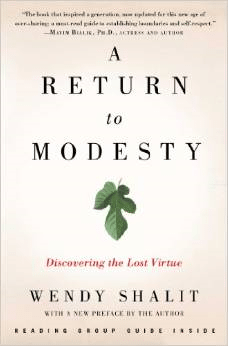April 21, 2011 Over the last few decades, social commentators have written about the lack of modesty in the...
Tag Archive for: modesty
Sue, do you ever wear a bikini? Or have you ever worn one? And couldn’t a lot of the...
Im a 17 year old male and have been going out with my girlfriend, who I truly love, for...
The Loss of the Virtue of Modesty This article is an examination of Wendy Shalit’s book A Return to...
On a Christian site, someone said that it is a sin to wear a bikini. I do not agree...
Our Topics
- Reasons to Believe
- Probe Answers E-Mail
- Reasons to Believe/Apologetics Emails
- Angels/Demons Emails
- Bible Emails
- Christian Life Emails
- Cults/World Religions Emails
- Education Emails
- Gender Issues Emails
- Homosexuality Emails
- Marriage/Family Emails
- Origins/Science Emails
- Personal Development/Relationships Emails
- Sexuality Emails
- Society/Culture Emails
- Theology Emails
- Philosophy Emails
- Cults and World Religions
- Current Issues
- Culture and Society
- Politics and Faith
- Science and Faith
- Marriage, Sexuality & Identity
- History, Holidays & Quizzes
- Theology and Philosophy
- Founder’s Corner




